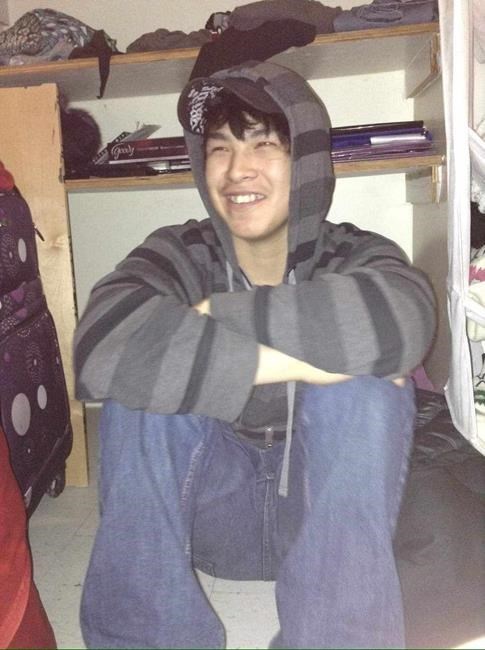GJOA HAVEN, Nunavut — A use of force expert says an RCMP officer who shot and killed an armed man in a remote Nunavut community didn't have effective, less-lethal options he could have used that day.
Sgt. Brad Fawcett told a coroner's inquest Thursday into the death of 21-year-old Charles Qirngnirq from Gjoa Haven that many of the tools officers are equipped with don't work in cold weather.
Fawcett said stun guns such as Tasers don't often work in the cold, pepper spray isn't as effective and batons don't have the same impact through winter clothing.
"In this environment, you can preclude all less lethal options" said Fawcett, who is with the Vancouver Police Department.
He later clarified his statement. "You certainly could preclude a lot less-lethal options. Anything that relies on a battery can be affected."
The inquest has heard that it was about -33 C on Dec. 19, 2016, the day Qirngnirq was shot.
Earlier this week, the inquest heard that Cpl. Ian Crowe and Cpl. Tanya Kellogg, the officers who confronted Qirngnirq, struggled to see the man from what they assumed was about 100 metres away.
Fawcett said in that situation, binoculars would have been good to have, so the officers could have had a close look at Qirngnirq.
The Mounties were responding to reports of a man with a rifle outside the hamlet's airport who was upset that his girlfriend and his young son were leaving to fly to the community of Kugaaruk. Police had received reports earlier that day that he was suicidal.
The inquest heard that Qirngnirq was about 84 metres away from the officers when Crowe shot him.
Kellogg had been yelling commands at Qirngnirq through a loud-hailer attached to the police vehicle's radio, which could not be removed. She told the inquest she did not have proper concealment from any potential gunfire because she was using the loud-hailer.
Fawcett said there are Bluetooth, portable versions that could have helped.
The inquest also heard that Ottawa police investigators, who came to Gjoa Haven two days after the shooting, did not record the officers' statements on video or audio because of a technical issue, maybe due to batteries not working in the cold.
This meant investigators relied only on their handwritten notes to make a final report on the shooting.
Fawcett testified that in determining whether the use of force is reasonable in a situation, video and audio recordings of officer interviews are important.
He also said the only two officers working in the remote community didn't have any backup nearby and were unable to contain Qirngnirq. Backup arrived six hours after the shooting from Iqaluit, the inquest heard.
"Your ability for containment is extremely limited. You want to try to limit the subject’s mobility. You want to control that as much as possible. With two officers that’s almost impossible," Fawcett said.
He also said no scenario training fully prepares officers for critical encounters. They get "minutes of practice for hundreds of hours of game time," he said.
Ottawa police investigators confirmed that two bullets recovered with Qirngnirq's rifle were for a different type of firearm and could not have been loaded into his gun.
This report by The Canadian Press was first published Oct. 7, 2021.
___
This story was produced with the financial assistance of the Facebook and Canadian Press News Fellowship.
Emma Tranter, The Canadian Press



